
Beer Photography for the Terminally Busy Brewer
ALL ACCESSProfessional photographers, marketing experts, brewers, and social-media natives share advice on how to get more comfortable taking pictures of (and telling stories about) your beer.
Showing 21-40 of 825 articles

Professional photographers, marketing experts, brewers, and social-media natives share advice on how to get more comfortable taking pictures of (and telling stories about) your beer.

Artificial intelligence is here, and brewing will never be the same. But will it be death from a thousand cuts or a million little improvements?

When done thoughtfully, fruited sours, spiked sodas, and even hard seltzers can address many of the same drinker demands as RTD cocktails.

Quality isn’t only about flavor and freshness—testing for color is important for making sure your beer is consistently meeting the drinker’s expectations. Here’s what to know.

Brews of a different kind have the potential to bolster sales and expand your brewery’s local footprint. But quality-focused coffee programs take a variety of shapes—which is the right fit for your brewing business?

With abundant amusements and comforts at home, people are going out less—a blow to hospitality, to draft beer, and to craft. Here’s how we can lean into craft beer’s strengths, aiming to lure drinkers away from their screens and back to the social life.
First developed by multinational lager breweries, hybrid malting barleys are now available that can extend shelf life while eliminating DMS and improving quality, among other possible benefits. Will smaller breweries find a use for them?
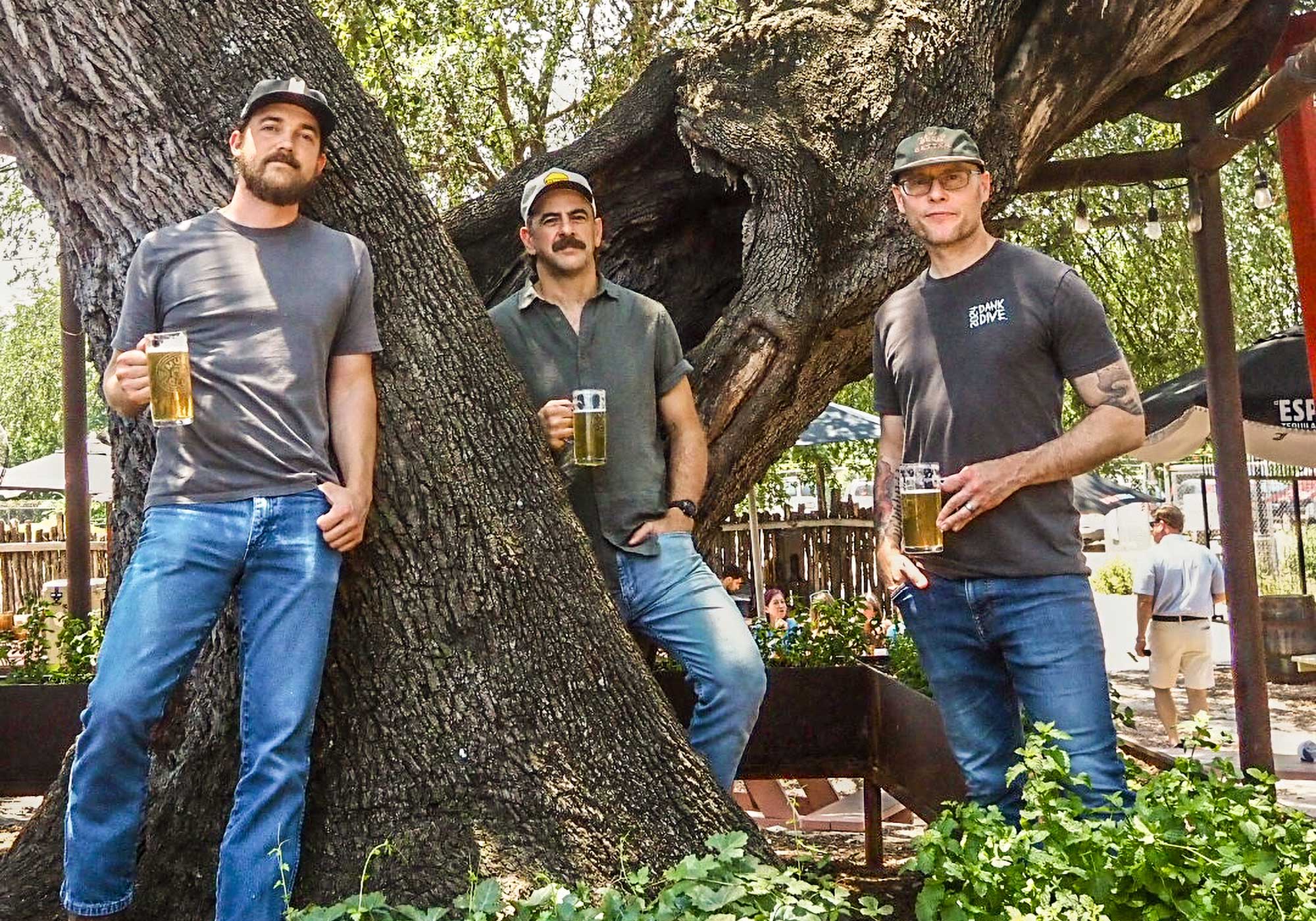
These hospitality veterans are leveraging a quirky location and daylight synergy with coffee and cocktails to tune a vibe that's in sync with their city.
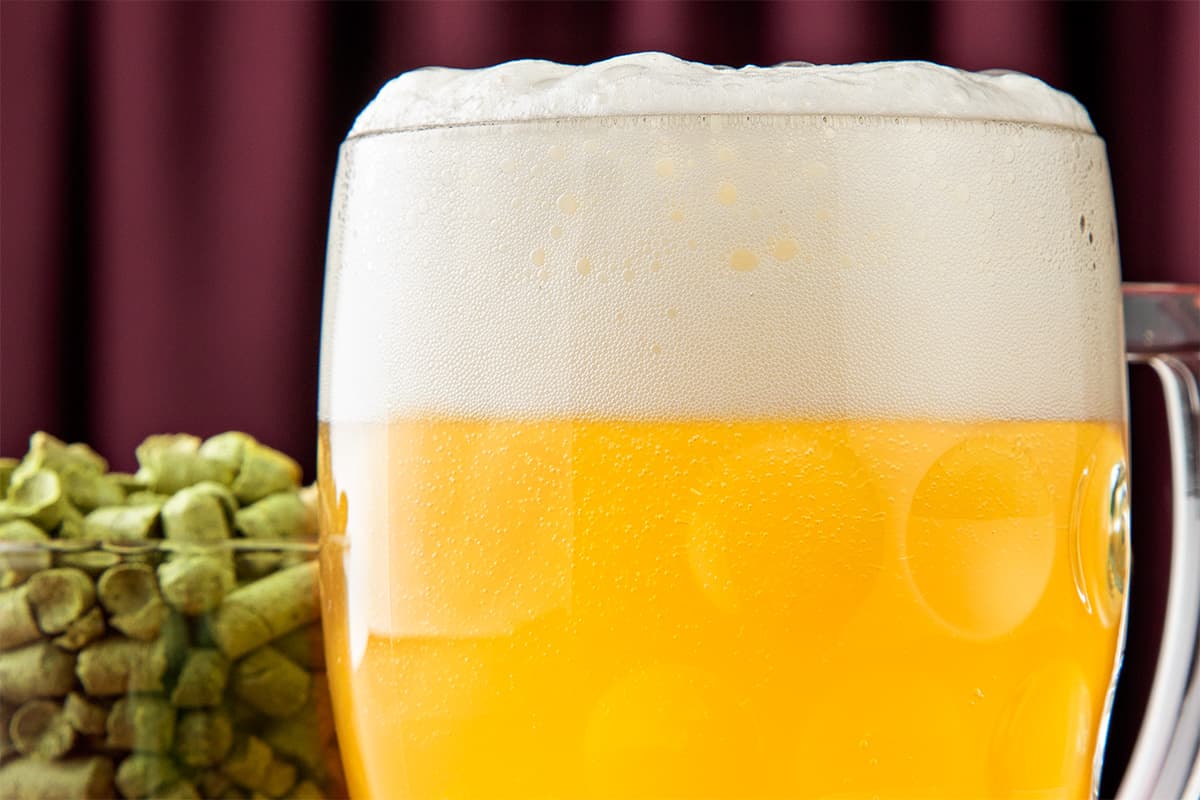
That IPA has more hops than a pilsner—so, why did the head collapse so quickly? The variables are many and complex, especially when they include advanced hop products.
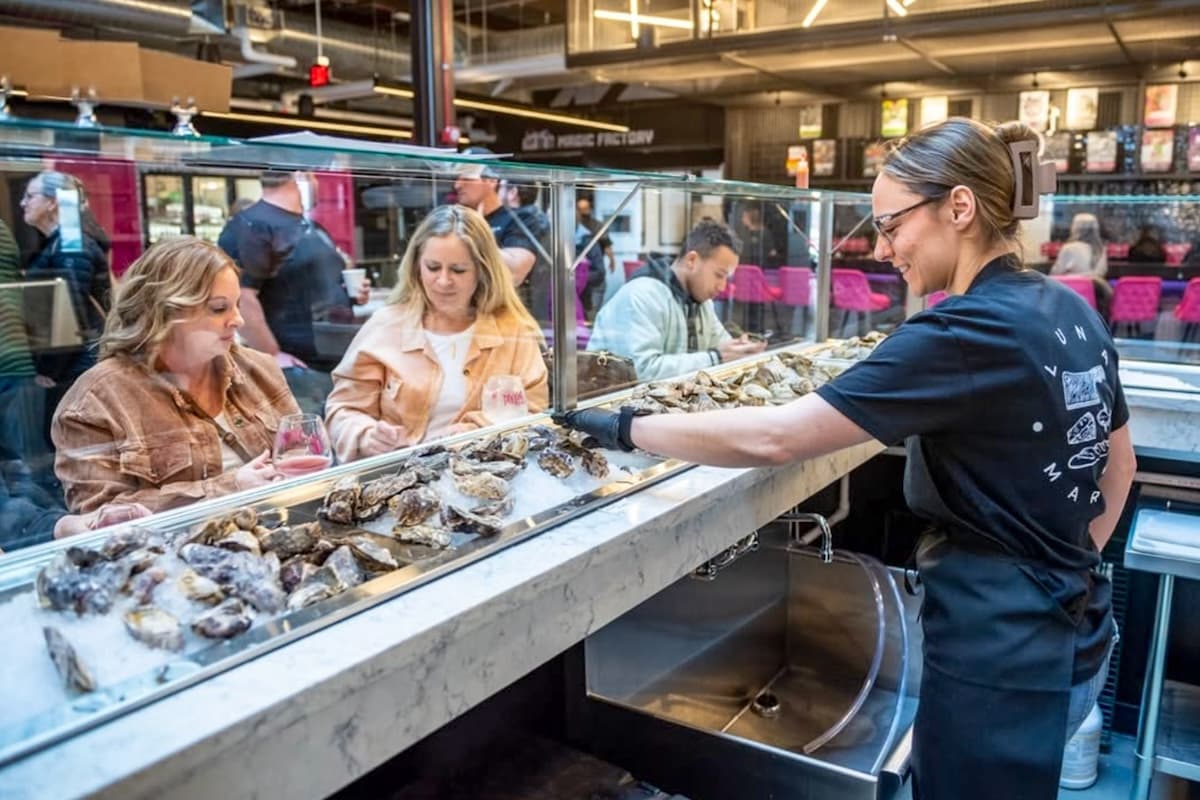
Sharing space in the brewery with compatible businesses can help bring in new customers and add to the overall experience—but there are challenges as well as opportunities.
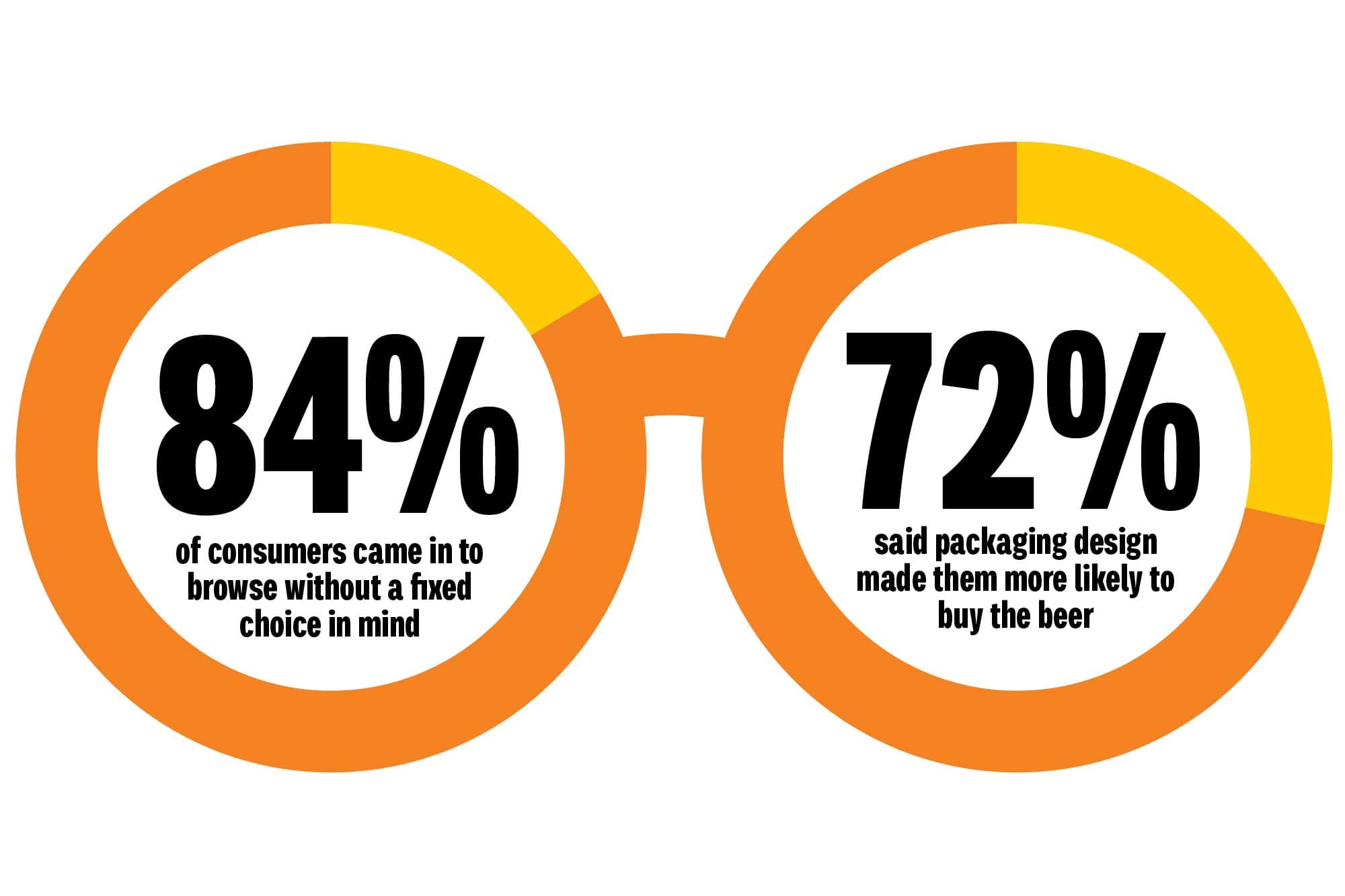
Store shelves are crowded, and great packaging can help brands connect with customers amid the competition. Here we look at some findings from a study that tracked customers’ eye movements when shopping for beer.
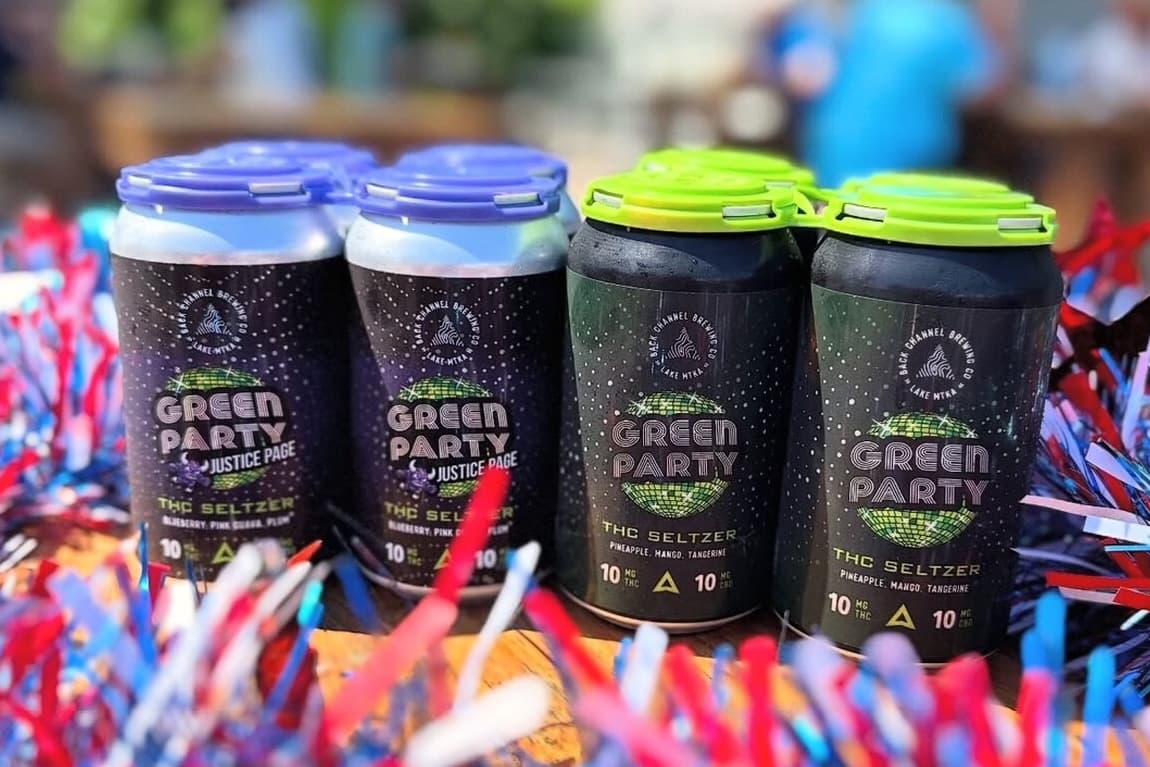
As a brewer, you have experience in making delicious beverages, but hemp-derived THC drinks are not beer. Here’s what to know about production timelines, sales, staffing, and more.
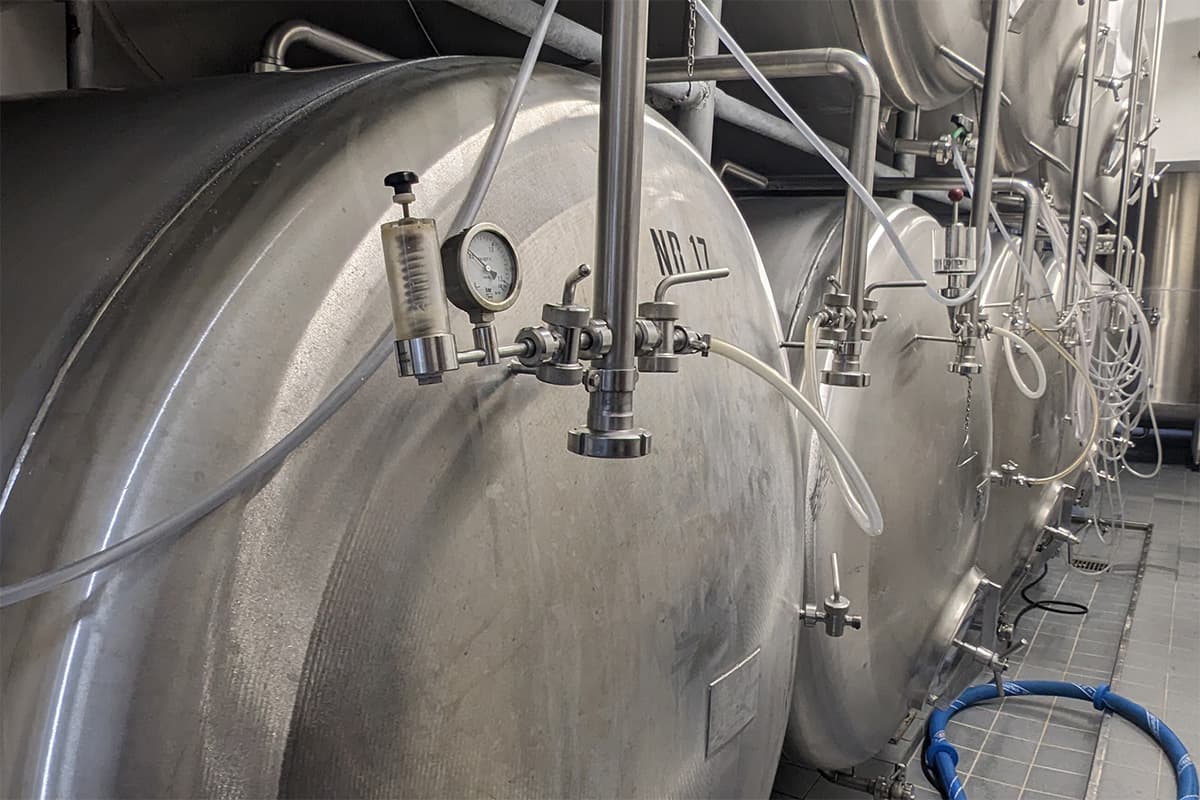
Gaining visibility on your brewery’s use of carbon dioxide can help protect your team and the bottom line.

From keg fleets to fresh hops, our latest issue packs in a panoply of perspective on today’s beer market, operational advice, technical tips, and more.
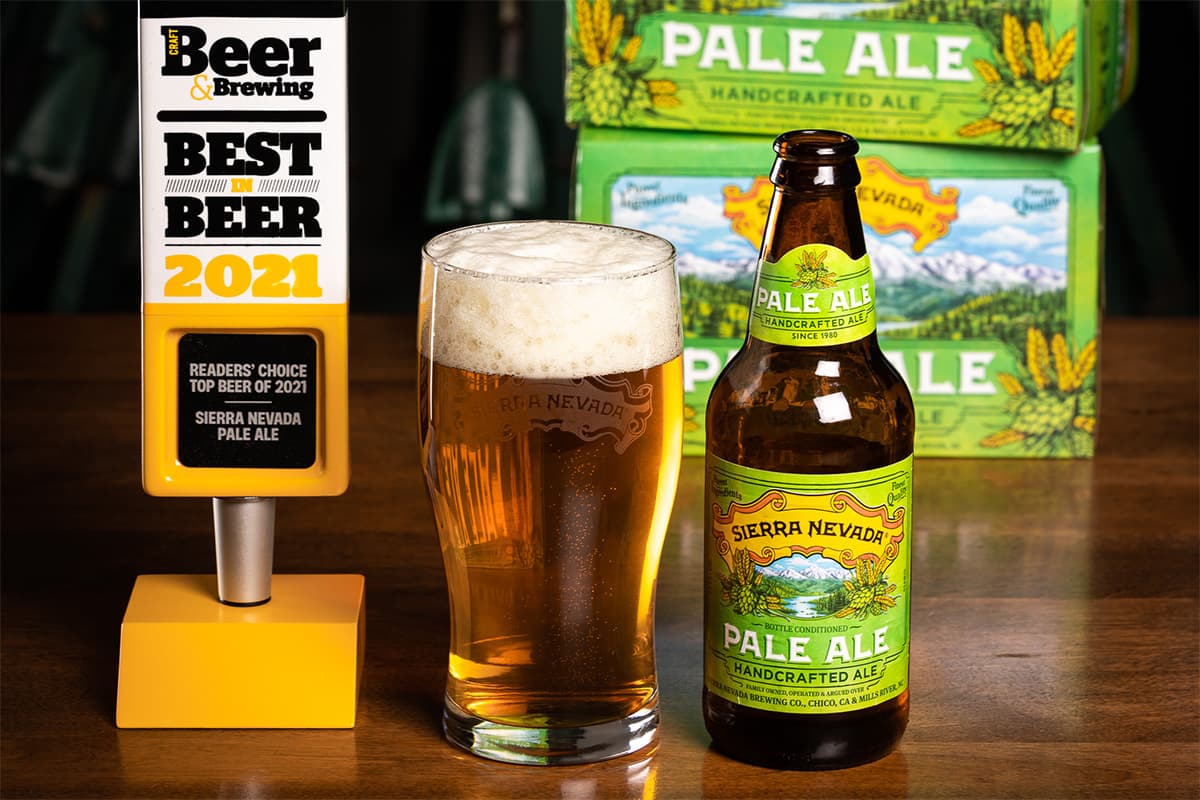
When it comes to succeeding at competitions, brewing great beer is only the baseline. From two of the winningest breweries in the United States, here are key strategies to increase the odds.
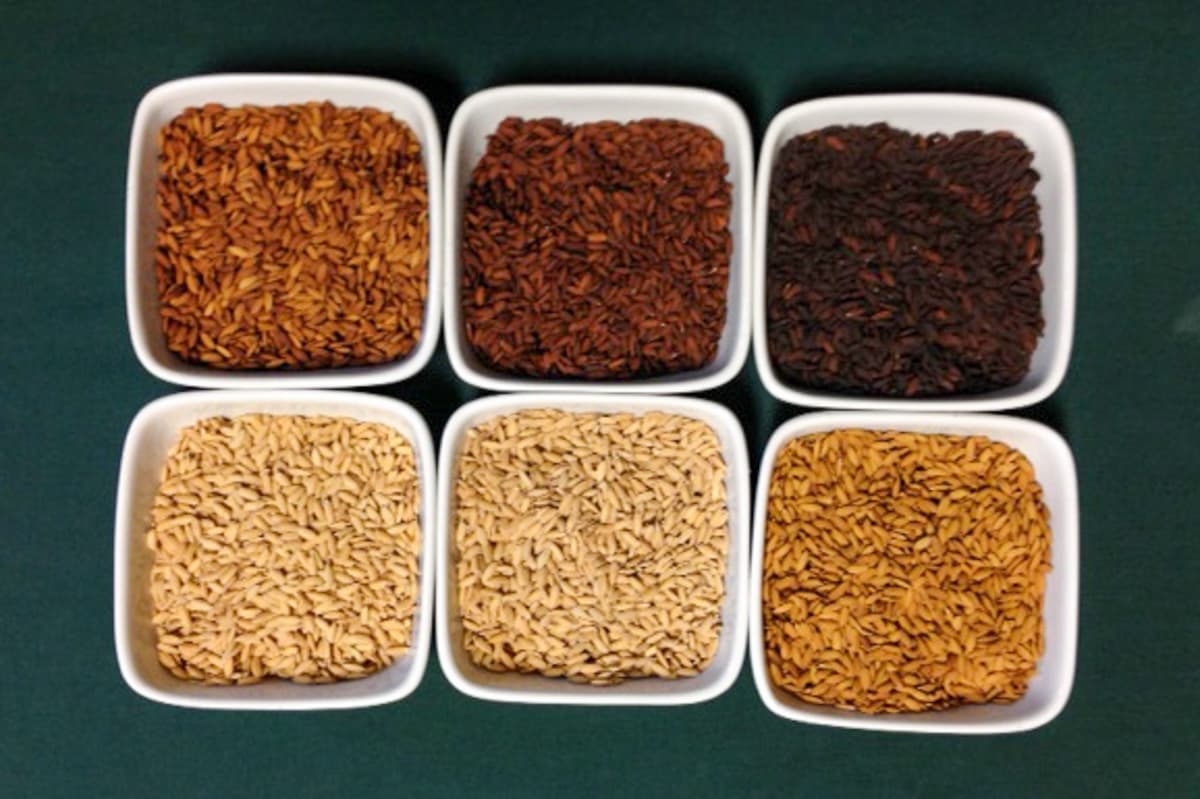
Jim Eckert of California’s Eckert Malting & Brewing—the world’s first maltster to focus on rice—discusses how he got into malting rice and the unique challenges of his niche.
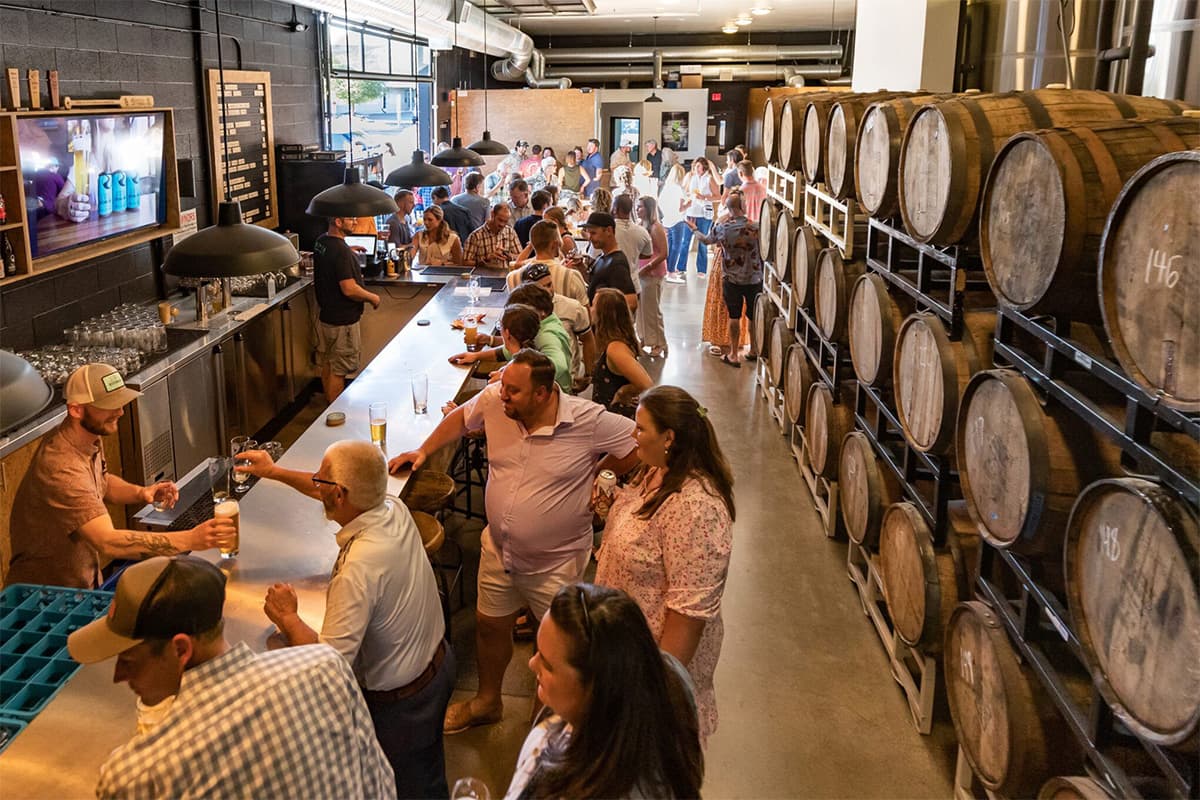
There is front of house, there is back of house—and if the only constant is chaos, then small breweries need to build flexibility into both their hospitality and manufacturing sides, while bearing in mind the long-term implications of cutting costs.

As chief economist of the group that advocates for beer’s middle tier in the United States, Lester Jones is a respected voice known for being armed with fresh data and an informed, overhead view on the market for craft beer.
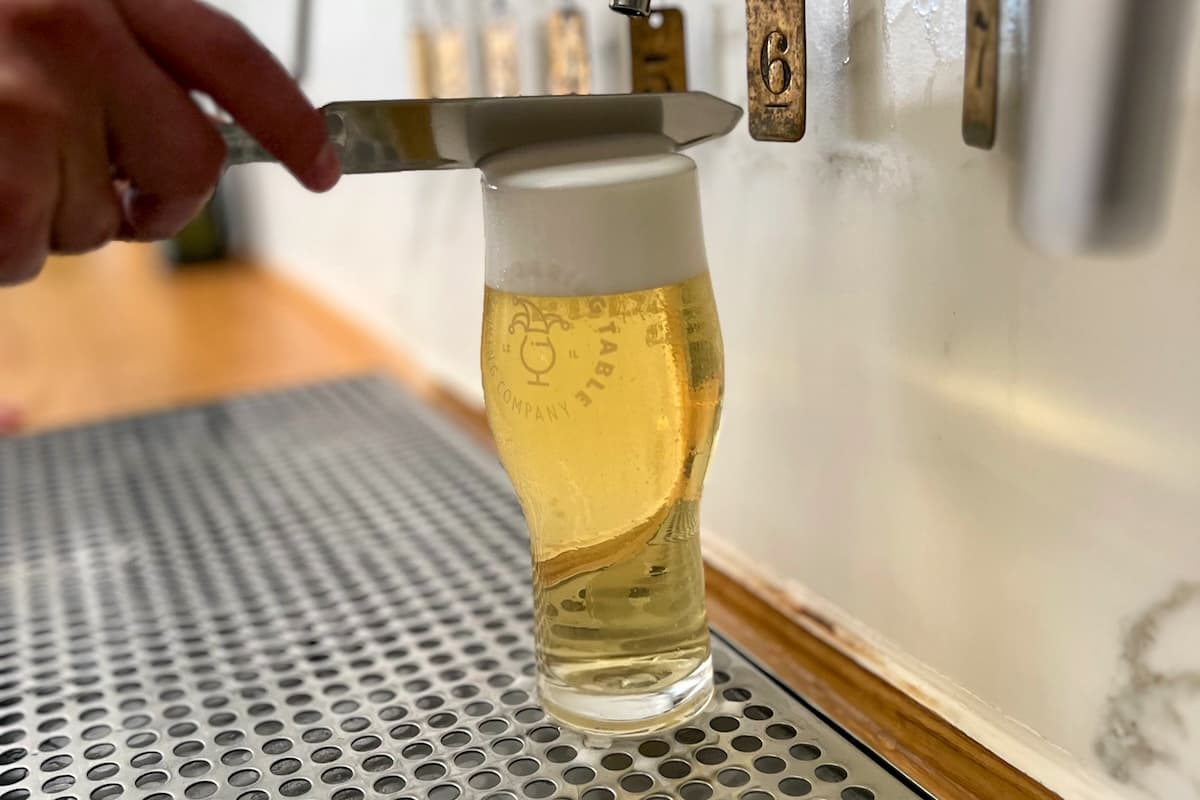
Borrowing methods from abroad—including Czechia, Germany, and Japan—more breweries are offering their customers an experience that explores the impact of foam and texture on the enjoyment of beer.

As the climate changes, so does our malt. With the weather in barley-growing regions more prone to extremes than it once was, brewers are often facing lower efficiencies, higher finishing gravities, or stubborn lauters—unless they’re ready to adjust.